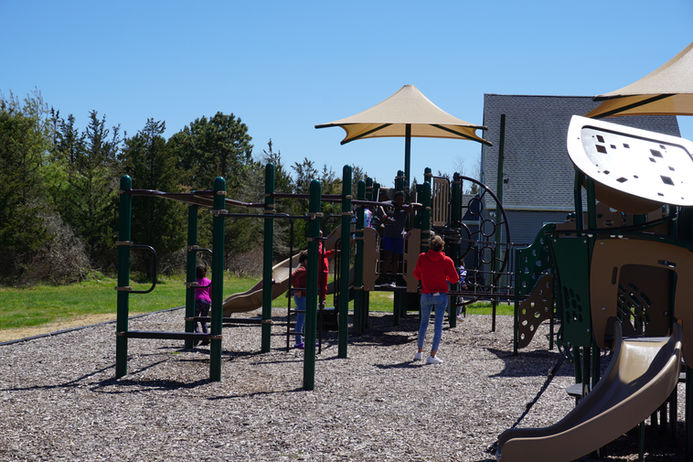The Shinnecock people have been living on Long Island for approximately 13,000 years. They were once part of a larger group that inhabited all of the island, which also was part of an even larger group that included all of New England.
The Shinnecock people understood the traditional methods that would sustain their people and others off the lands and water. Expert fisherman, hunters and farmers, life on Long Island must have been a paradise for many thousands of years. Almost all modern fishing methods were used by the indigenous people of the island. The Shinnecock and their sister tribes were master whalers. Some of their canoes could hold about 100 people. This skill set proved extremely valuable throughout history.
The Shinnecock people traditionally spoke a dialect of the Algonquian language. It is important to understand that the term Algonquian refers to the language and not the name of the people. Though there is an Algonkin tribe in Canada.
The tribes of New England are known as "first contact tribes". This term refers to the fact that those tribes were the first to come into contact with the European settlers. The first Europeans to venture around Long Island were the Dutch. Then the English. First contact was made on Long Island at a place that is now called "Conscience Point" which is located in the town of Southampton.
Although there is a myth that there were originally 13 tribes on Long Island, it is their belief they were actually one people according to their standards. They had several villages and certain designated areas that were to be stewarded by a Sachem or "Chief". The Sachem of an area did not own the lands that he oversaw as much of the world perceives land occupation. Instead his duty was to protect the lands and the people that lived on it. A Sachem was to insure the protection and nourishment of his community. The "bands" of Sachems on Long Island acknowledged a greater Sachem that coordinated with all of them. During the time of contact, that Sachem was based in Montauk, home of the Montaukett people. One of the most well known and influential Sachems was Wyandanch. He was the head of all of Long Island during much of the initial contact period. His home was Montauk and his people the Montuaketts oversaw what is now Easthampton Town.
The people of Shinnecock once oversaw all of what is now Southampton Town. During the early stages of European settlement, there were villages in the area. The indigenous people were free to move and live where they chose. As colonization progressed, the lands were in many cases stolen by the European settlers. Resulting in several land claims. The first land claim by the Shinnecock and Montaukett people was in 1662 when Quashawam, a Sunq Squa or woman Chief, daughter of Wyandanch, filed a complaint with Southampton Town. The complaint stated that she would like to sue for the occupation of lands the Dutch and English resided on that were not paid for. This was not resolved until 1686 and was the start of the major oppression of indigenous people on Long Island.
As the Indigenous people were pushed out of their homelands in Southampton town, a greater movement of oppression began on Eastern Long Island in the late 1600's. This was known as "The Great Awakening". During this time, Shinnecock people were forced into the English way of life. Forced to have English names and clothing. Forced into Christianity and the Church. Though many Shinnecock people taught their traditions underground, it proved very detrimental to their traditional way of life.
Throughout the centuries the oppression intensified. The United States began what is known as the "Residential Boarding Schools". Indigenous people all across North American were stripped of their children. The children were forced into these boarding schools and were severely punished if they upheld any traditional practices. Hundreds of children died while held at them. Many Shinnecock people were residents at these institutions. In some parts of Canada they were not abolished until the 1990's.
Slavery and indentured servitude was also very prevalent for much of the history since "contact". After originally offering to help the settlers learn to live off the lands, many Shinnecock people were eventually enslaved or became indentured servants. Most serving as the deckhands on whaling ships due to their expertise as seamen. Very few came to hold the title of "Captain". One of which was a Shinnecock man named Ferdinand Lee, Shane's great, great, great grandfather. He sailed around the world before wrecking in the Arctic.
Despite all of the hardships faced by the Shinnecock people and millions of other indigenous people across North America, they are still here, and strong. There are now only two recognized tribes on Long Island. The Shinnecock Nation and the Unkechaug Nation. The Unkechaug are based on the Poospatuck Reservation in Mastic, New York and are currently state recognized.
Today, Shinnecock history and culture is very much alive. You can see the history in all parts of Long Island. It is important to understand that the Shinnecock people are still here today, and have their own story to tell.
-Written by Shinnecock citizen and historian, Shane Weeks
Learn more about Shane on his website https://bizhiki.com/


